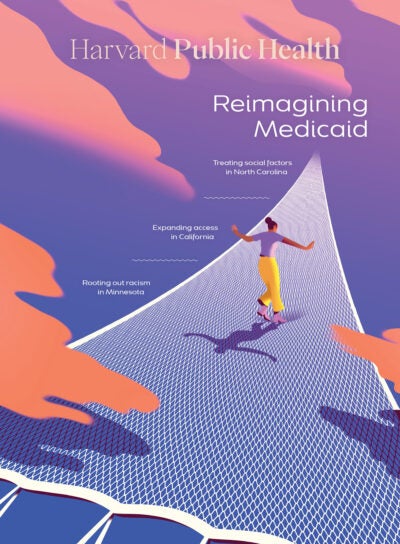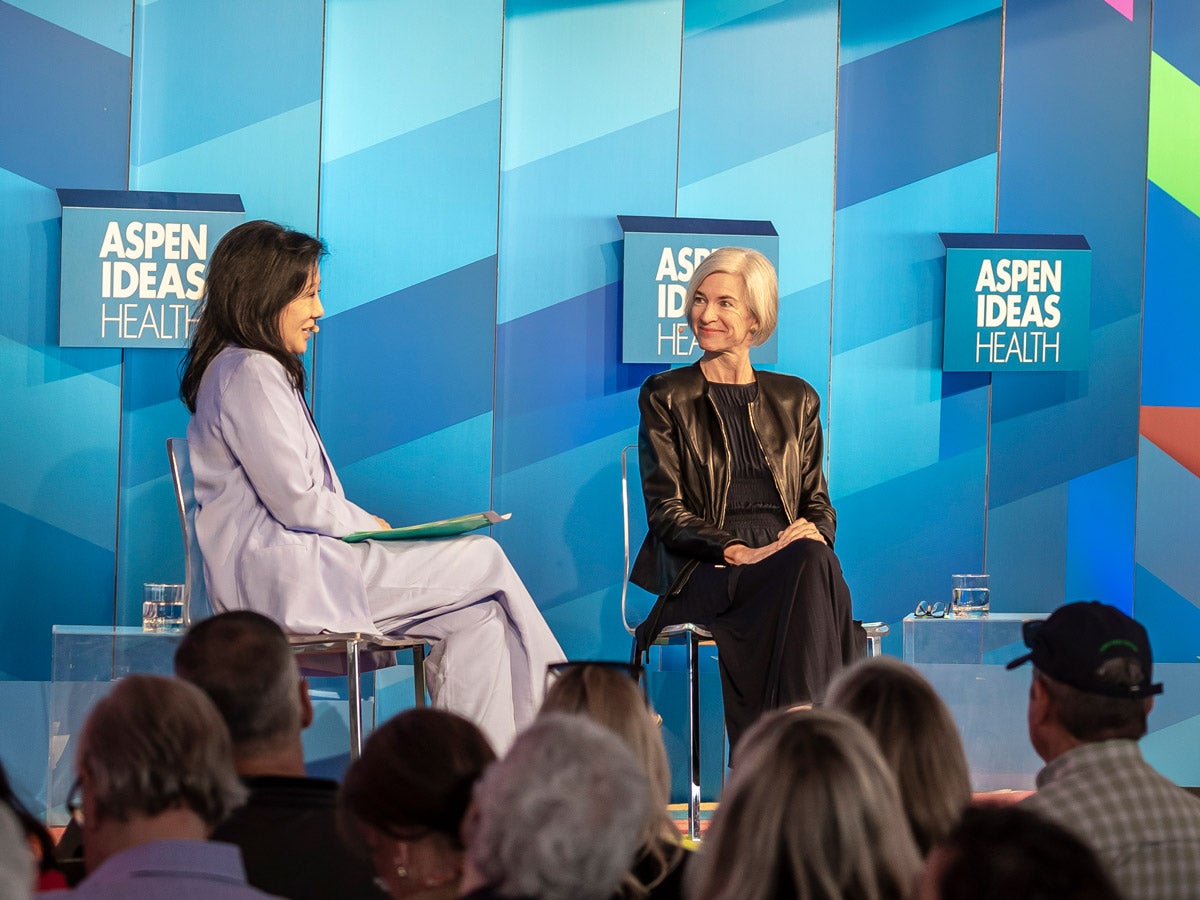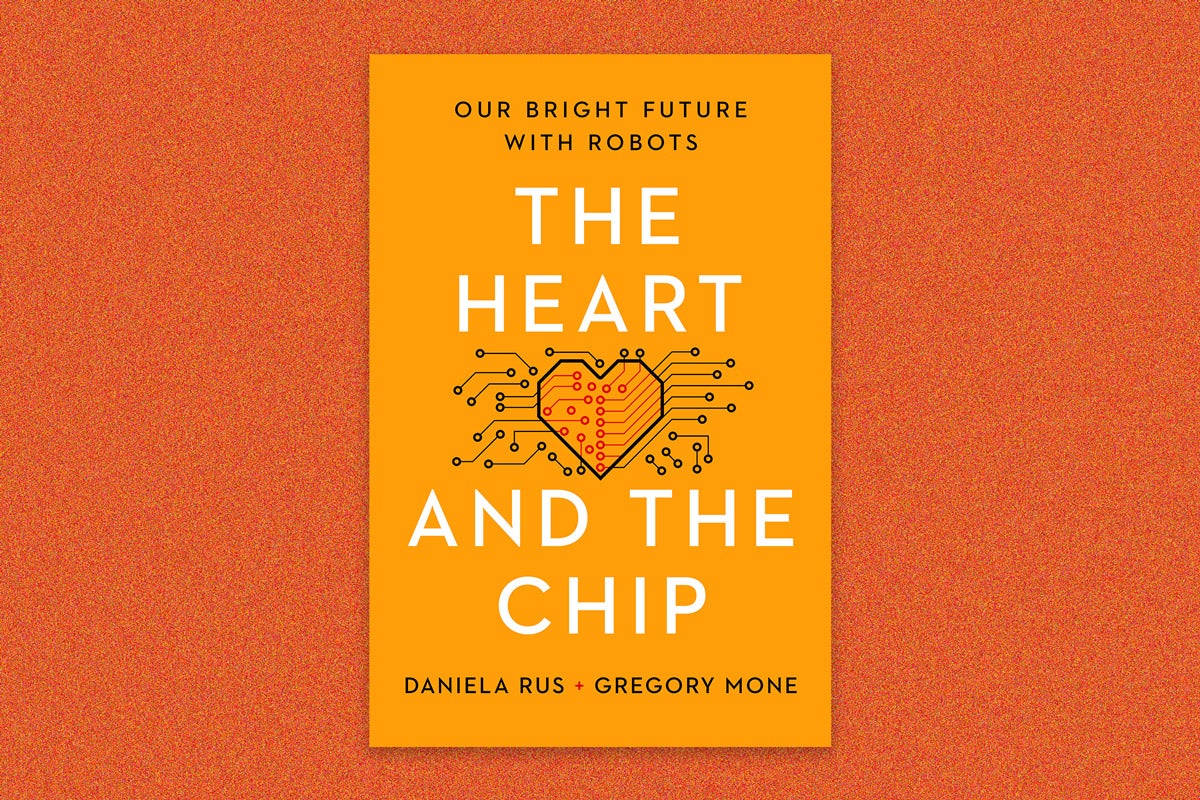
Opinion
TikTok is a tool for mental health, not a threat to it
I am a psychiatrist who’s on TikTok. No wait, it gets grosser: I am over 30. Please let me explain. When the pandemic first hit, the public was isolating and spending more time on their devices, and young people were getting completely devoured by the new phenomenon of TikTok. I, like most human adults, considered this nothing more than an incredible time waster for preteens.
As my work shifted to telehealth sessions, my patients would hold up their devices to the screen to show me the latest TikTok tidbit about mental health. A lot of it would be regarding potential self-diagnosis, and a lot of it was absolute garbage.

However, I marveled at this impressive app that was engaging so many people and bringing mental health out of the shadows. I came to realize this wasn’t just a tween fad but a powerful platform for information transmission. Younger people didn’t want to read an article or watch a documentary; they wanted these bite-sized pieces of information that educated, entertained, and inspired them.
So in December 2020, I made my first TikTok.
Sign up for Harvard Public Health
Delivered to your inbox weekly.
It was weird. I was super self-conscious. My first video, talking about people in my life who would confuse “psychiatrist” with “psychic,” probably got 30 views. I didn’t dance and wasn’t lip-syncing so it was difficult to see an avenue for growth. I nearly gave up, but I wanted to create an “educational safe space” to learn about ADHD, hoping it would at least benefit my existing patients. I also thought it would help me understand my own ADHD brain a little better. I kept at it and in six months had more than 100,000 followers.
I started to really enjoy the creative process of this short-form content. My videos were 15 to 30 seconds long and often took me just two to three minutes to make, from idea to edit. As my follower number grew, I became more invested in putting out higher-quality videos in hopes that it would reach more marginalized populations. TikTok let me interact with people who were grappling with finding a name for their mental health symptoms, who didn’t have access to a physician and wanted to change their behavior, who were searching for the next step after recognizing signs of ADHD in their child. I started doing TikTok Live to answer nonclinical questions in real time—how to get help, how to approach loved ones who were struggling, and how to find resources for support groups. I even started mentoring aspiring physicians with ADHD. I did it all after my kids were asleep, from the comfort of my own couch.
I continue to produce content because the ADHD and mental health communities on TikTok are so vocal and supportive and, despite what you hear, endlessly empowering. I will never grow tired of hearing that my content has helped someone feel seen or has made possible a hard conversation. I have struggled with my own ADHD, and making these videos and interacting with followers has been incredibly validating. Through this app, I have met other providers, expanded my creative outlet, and learned about what patients need and want from their psychiatrist.
The true value of TikTok is its immense potential public health impact. Used appropriately, it’s one of the most powerful tools we have for scaling information and fighting misinformation.
Being a content generator on TikTok is not something I would’ve thought about in medical school, but it has impacted how I practice. I am more aware of misconceptions and fears people hold about ADHD, the controversy surrounding its diagnosis, the limitations of seeking care, and the concerns about stigmatization. Many of my patients have first considered a diagnosis because “I saw it on TikTok” and now are able to open up a dialogue about the condition more freely.
Initially, I felt it was undignified for a physician to be on TikTok. Now I recognize that the public needs more people to share engaging but research-backed information in an environment not completely saturated by doctor hubris. I strongly believe TikTok is the pathway to provide a wide population with information that could lead to diagnosis and treatment.
TikTok’s true value is its immense potential public health impact. Used appropriately, it’s one of the most powerful tools we have for scaling information and fighting misinformation. We fear the negative impacts of social media: perpetuating stereotypes and propagating misinformation, and its addictive nature. But it has powerful benefits and incredible promise for expanding access and education.
Don’t forget, social media is still in its infancy—my generation didn’t have it growing up. We lack the longitudinal data to make definitive claims about whether social media is “bad” or “good.” Maybe it will prove too nuanced to label. What I can tell you now is TikTok is not just a feel-good dancing and lip-syncing app. It could be how future generations get the information they need to feel good about themselves. We need to mitigate its risks and learn how it works, so our patients use it wisely.
Photo: Jenny Wheat (headshot)



